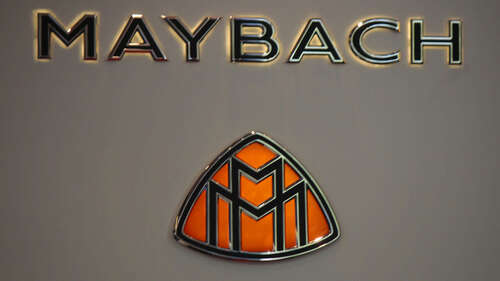
Not long after Daimler’s death, Austrian business entrepreneur and race car driver Emil Jellinek hired Maybach to build a cutting-edge racer. In 1901, Maybach obliged, naming it after Jellinek’s daughter, Mercedes, thus technically creating the very first “Mercedes” automobile.
Maybach left DMG in 1907, but fate once again intervened and, with the help of Mother Nature, destroyed the Zeppelin LZ 4 airship in a storm. Maybach and his son Karl saw an opportunity and convinced Count Ferdinand von Zeppelin, creator of Zeppelin airships, that they could build a better one. In March 1909, the three formed Luftfahrzeug-Motorenbau-GmbH Bissingen, with Karl overseeing the company and making the airship’s new engine.
When the company relocated and changed names to Luftfahrzeug-Motoren-GmbH in 1912, Wilhelm turned over the reigns to his son. Throughout World War I, Karl built engines for airships, boats, planes, and trains. Just as the war was coming to an end, the name changed to one that finally bore the family crest, Maybach-Motorenbau GmbH, and set its sights on the automotive industry.
In 1921, the 22/70 PS (known as the W 3), Maybach’s first production car, rolled onto the scene with a seven-year run. In 1929, it created the 12 DS (the Zeppelin), powered by a massive V12 engine, one of the first of its kind. The company continued to go toe-to-toe with Daimler-Benz AG into 1941, constantly upping the ante on vehicle and engine design.
[Image by nemor2 via Wikimedia Commons | Cropped and scaled | CC BY-SA 2.0]

